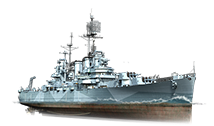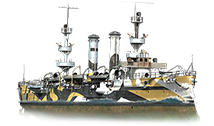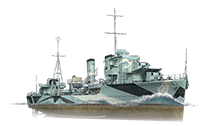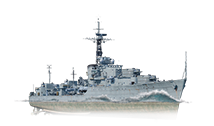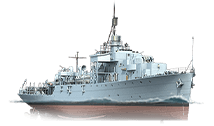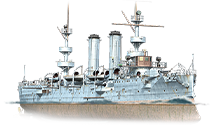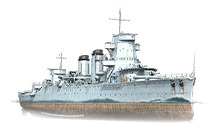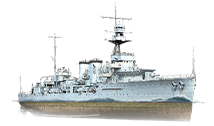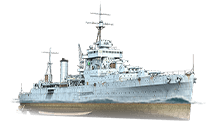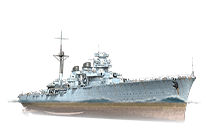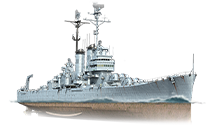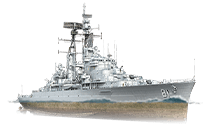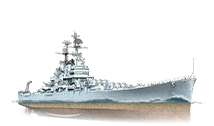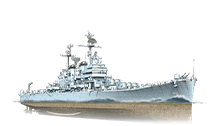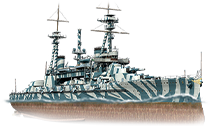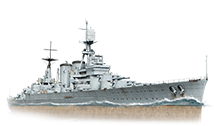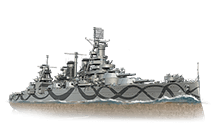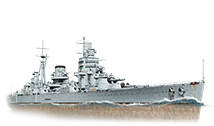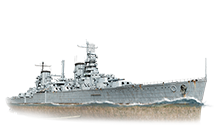Ships of Pan-America

The Argentine Navy was founded in 1810, the year Argentina started its May Revolution to gain independence from Spain. During its struggle for independence, the navy saw a major victory over Spain at the Battle of Buceo in 1814, which has since been declared Navy Day and is a national holiday in Argentina. It saw action again against Brazil during the Cisplatine War in 1825. Argentina modernized its fleet in the 1870's and by the turn of the twentieth century, was a leading naval power in South America. It saw action in 1982 against the Royal Navy during the Falklands War, but saw a major defeat for Argentina, and heavy casualties on the Argentine Fleet. The Navy has modernized since the end of the conflict, but still has issues with equipment and manning. Nevertheless, it remains a capable force in the region.
The Brazilian Navy was founded in 1822, the year Brazil declared independence from Portugal. During Brazil's war for independence, the new Imperial Brazilian Navy clashed with the Portuguese fleet several times before achieving independence. In 1825, territorial disputes with Argentina saw the navy called into action again during the Cisplatine War. During the war, a major victory was achieved in 1827 during the Battle of Monte Santiago.
As the nineteenth century went on, Brazil grew to be a major power in South America, and had one of the leading navies in the region. Brazil would use its navy to intervein in several South American conflicts. On June 11, 1864 in the Battle of the Riachuelo place between the Paraguayan Navy and the Brazilian Imperial Navy, it was the biggest naval battle between south american countries and the brazilian victory marked june 11 as the Brazilian Navy day.
In 1889, the Brazilian monarchy was overthrown, and replaced with a republic. By the turn of the century, Brazil had become a major naval power. In 1906 Brazil ordered from a british shipyard the two most powerful Dreadnoughts in the world, Minas Gerais and São Paulo which were delivered in 1910, thus opening the naval arms race of South America. The Brazilian Navy was used in a light capacity in both World War I & World War II, mostly as convoy escort duty and anti-submarine warfare, in World War II it played an important role in the defense of allied convoys in the South Atlantic during the Battle of the Atlantic. Brazil continued to modernize its fleet after World War II, and in 1960 saw a naval standoff against France over lobster fishing rights.
Today, Brazil remains a major naval power and has the second most powerful navy in the America's, seconded only to the United States.
